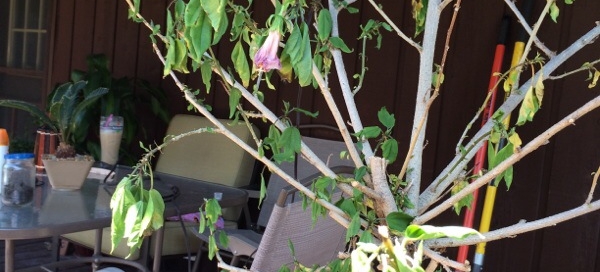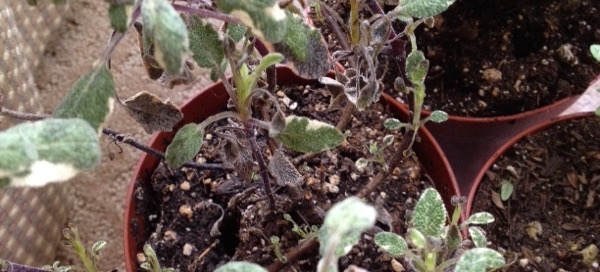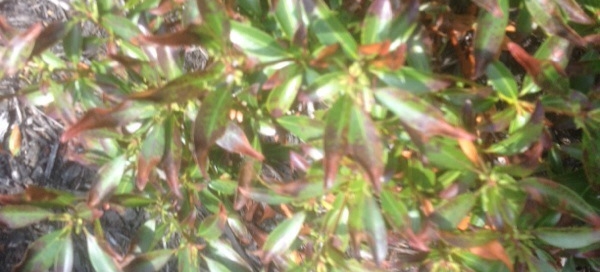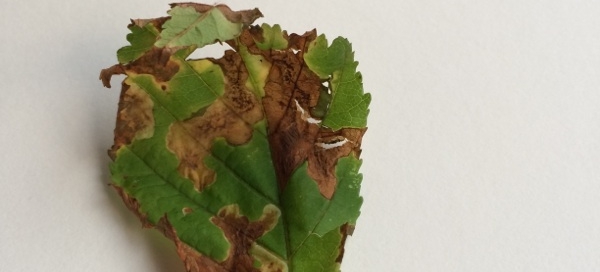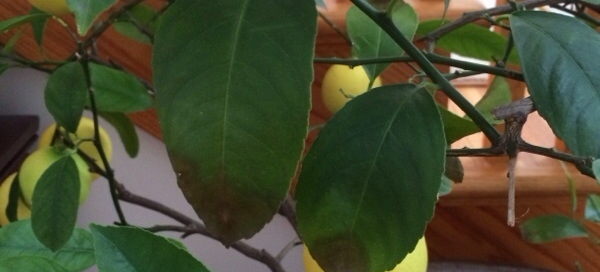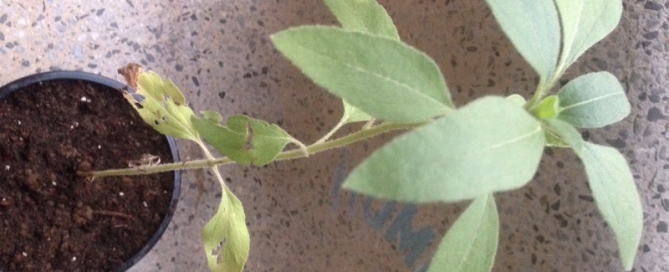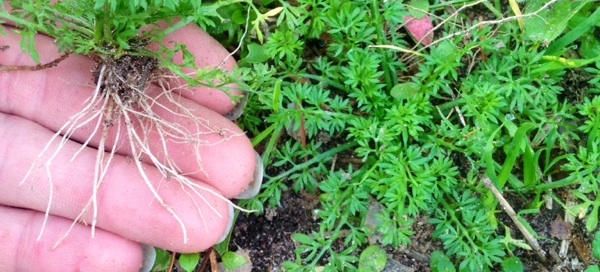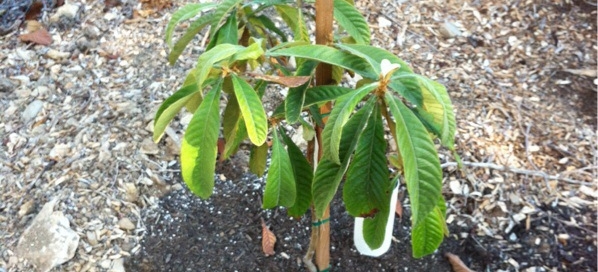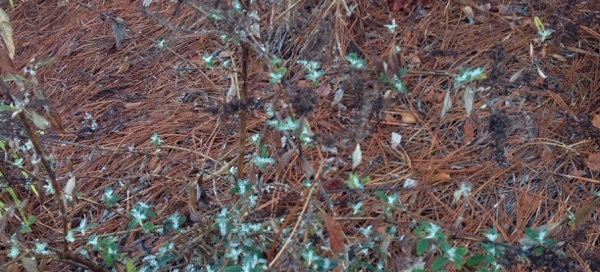Houseplant Leaf Drop
There are numerous reasons for houseplants to drop leaves. Without our staff being there in person to touch the soil and plant we are not able to specifically say what is causing your leaf drop. Houseplants typically drop leaves for many reasons but most are related to improper care or poor growing conditions. What are some of these reasons? Either too much or too little watering will cause leaf drop. Extremely low humidity will cause sensitive plants, such as gardenia, to drop leaves although most common houseplants will not show leaf drop in response to low humidity only. Plants in pots that are too small will drop leaves. Why? Because there may not be enough root room to support all the leaves the plant tries to form so the oldest leaves drop off. Because the space for the roots is inadequate, the plant may not be able to absorb enough water and nutrients. Some leaf drop occurs when plants are subjected to a big change in environment. Such changes occur when plants grown outside for the summer are brought inside for the winter. Leaf drop brought on by a change in environment should last about three weeks then stop. Chilling is one cause of leaf drop related to environment. Tropical plants are sensitive to low, but above freezing, temperatures. Plants on windowsills may be exposed to chilling temperatures. Hot or cold drafts may be a problem for some plants. Insects and diseases can cause leaf drop but are not as common as the previously listed causes. Some leaf drop on houseplants is normal. The solution may be simple. It may just need more light or fertilizer.
